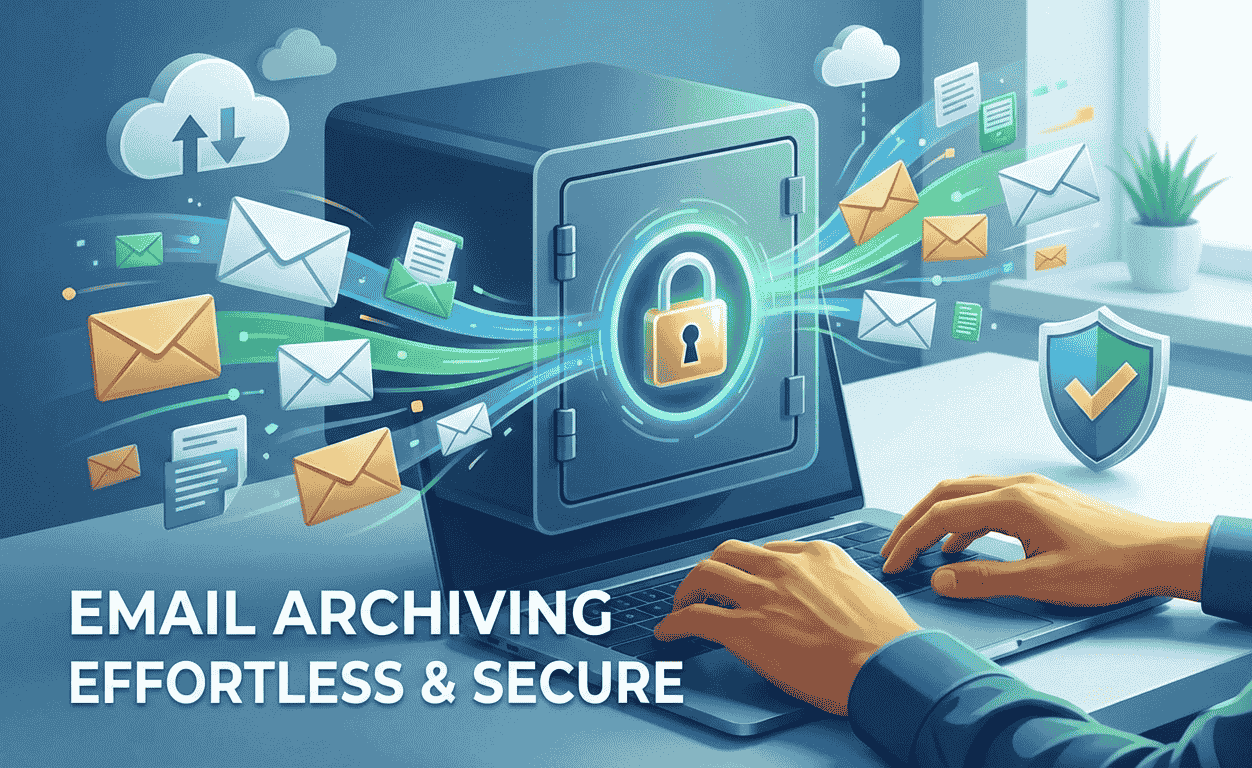Imagine a construction crew is about to break ground on a new project. They have the plans, the equipment, and the team ready to go. But beneath the surface, a hidden network of gas lines, water pipes, and fiber optic cables lies unseen. One wrong move with an excavator could lead to a disaster—a ruptured gas line, a flooded site, or a city-wide internet outage.
This scary scenario is why we never dig blind. Today, the key to safe digging is utility mapping software. This powerful technology acts like an X-ray for the ground, giving us a clear and accurate picture of what’s below. Let’s explore what it is, why it’s essential, and how it can transform your projects.
What is Utility Mapping Software?
In simple terms, utility mapping software is a digital tool that helps us map, record, and visualize everything buried underground.
Think of it as a super-smart map for subsurface utilities. It works by combining different technologies:
- Pinpoint Accuracy: It uses high-accuracy GPS (often called GNSS) to mark the exact location of utility assets on the surface.
- Seeing the Unseeable: It connects with tools like electromagnetic locators and Ground-Penetrating Radar (GPR) to find and map pipes and cables that are hidden from view.
- A Digital Twin: The software takes all this information and creates a digital map of the underground world. This map can be viewed on computers in the office or on tablets and phones right at the job site.
Why Your Project Needs Utility Mapping Software
Using this software isn’t just a good idea—it’s a game-changer for safety and efficiency. Here are the biggest benefits.
1. Keep People Safe
This is the most important reason. Accidentally hitting a gas or electrical line is incredibly dangerous. Utility mapping software helps prevent these strikes, protecting your crew and the public.
2. Save Time and Money
Hitting a utility causes expensive repairs and can shut down a project for days or even weeks. By avoiding these surprises, the software keeps your project on schedule and within budget. It pays for itself by preventing just one major utility strike.
3. Make Smarter Decisions
You can’t plan properly if you don’t know what’s underground. This software gives you a clear picture, so you can design better plans and avoid conflicts before you even start digging.
4. Stay on the Right Side of the Law
Rules like “Call Before You Dig” (811) require you to know where utilities are. This software provides the accurate records you need to follow these safety regulations and avoid fines.
Key Features to Look For
Not all mapping software is the same. When you’re choosing a solution, look for these important features:
- Works with Your Gear: The software should connect easily with the GPS units and utility locators you already use.
- Real-Time Maps: Cloud-based software means data collected in the field is instantly available to the office team. Everyone works from the same, up-to-date map.
- Capture Important Details: It should let you add notes about a utility, like its depth, what it’s made of, and its condition.
- Plays Well with Others: It must be able to import and export common file types (like KML, SHP, or DWG). This makes it easy to share data with design programs like CAD and GIS.
- Works Offline: A great tool will let you map in areas with no internet connection. The data will sync automatically once you’re back online.
Types of Utility Mapping Solutions
Different jobs need different tools. Here’s a quick look at the main types of software available:
- Field Data Collection Apps: These are focused on the crew in the field. Software like PointMan is perfect for quickly and accurately mapping utilities right from the excavation site. It’s a favorite for subsurface utility engineering (SUE) and construction.
- Utility AI & Data Platforms: These platforms, like 4M, are great for the planning phase. They gather millions of existing public utility records and use AI to create an instant map. This gives you a head start before you even send a crew to the site.
- Simple GIS for Towns and Cities: Smaller municipalities often use straightforward and affordable platforms like Diamond Maps. These help them manage their water, sewer, and gas systems without needing complex software.
- Enterprise Systems for Large Utilities: Big utility companies use powerful systems like the Esri Utility Network. These integrate mapping with other business systems for a complete view of their entire operation.
Conclusion
Digging into the unknown is a risk we can’t afford to take. Utility mapping software is the modern solution that brings the hidden world beneath our feet to light. It’s an essential tool for preventing accidents, avoiding costly delays, and ensuring every project is built on accurate information.
By investing in the right utility mapping software, you aren’t just buying a program—you’re investing in the safety of your team, the efficiency of your projects, and the success of your work. Start mapping smarter today.











